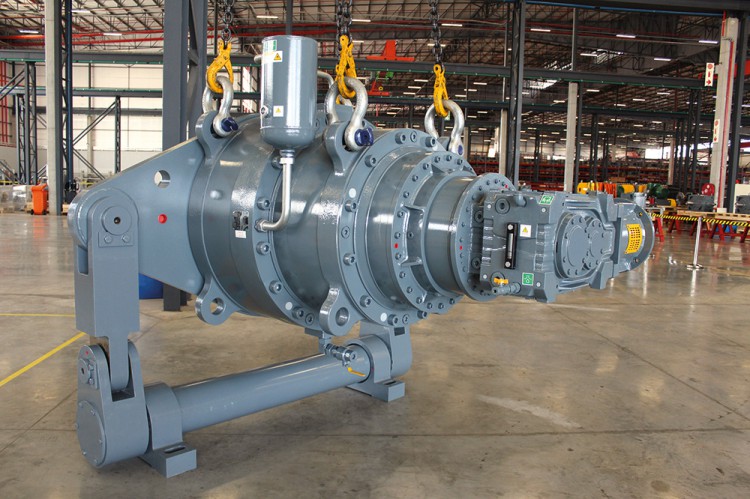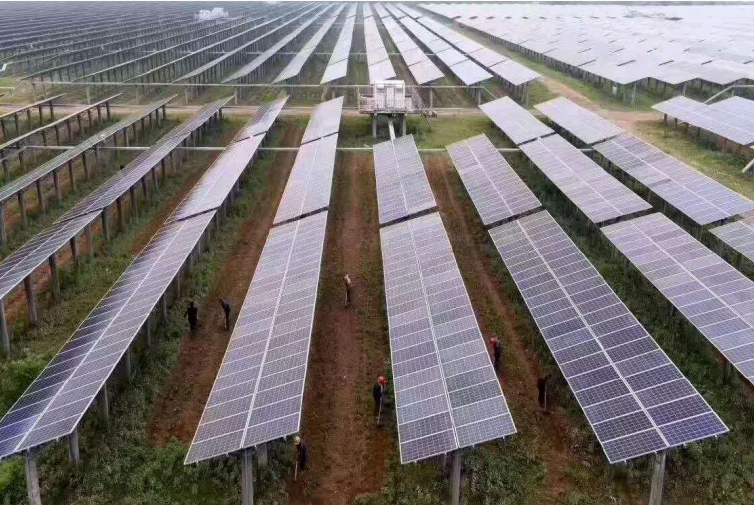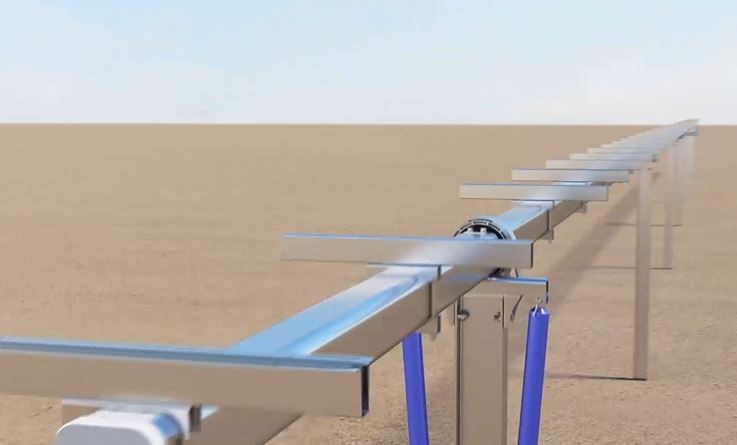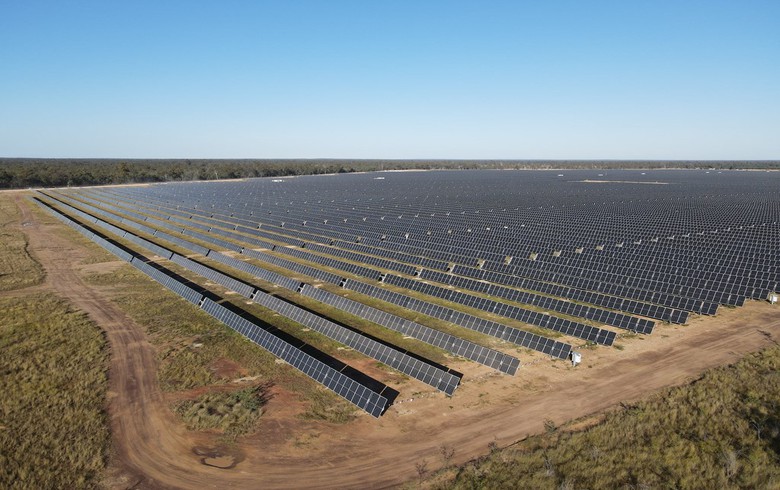Whether to spend money on outer space exploration or to apply it to solve serious problems on Earth, like climate change and food shortages, is a contentious debate. But one argument in favour of space exploration highlights benefits that do, in fact, help study, monitor and address serious concerns like climate change and food production.
As access to space increases, the potential for terrestrial benefits directly tied to space exploration grow exponentially.
For example, agriculture has been improved significantly through the application of space-based advances to terrestrial challenges. It is now increasingly likely that food items have been produced with the assistance of space-based technologies, like freeze-dried foods, or through the use of crop monitoring from space-based observatories.
Satellite monitoring is arguably the most realized benefit of space for farming. Like mindful eyes in the sky, satellites watch over the farmlands across the globe day and night. Specialized sensors on relevant satellites (for example, NASA’s Landsat, the European Space Agency’s Envisat and the Canadian Space Agency’s RADARSAT) monitor various parameters relevant to agriculture.
Sensors monitoring soil moisture can tell us when and how fast soils are drying, helping direct more efficient irrigation on a regional scale. Weather satellites help predict drought, floods, precipitation patterns and plant disease outbreaks.
Satellite data helps us predict food insecurity threats or crop failures.
It’s not only lifeless machines that dwell in space. Humans have managed to survive and grow plants in low-Earth orbit aboard several spacecraft and stations. Space is the ultimate “harsh environment” for life to exist in, including plants, due to such novel stressors as cosmic radiation and lack of gravity.
Space biologist Anna-Lisa Paul describes plants as being able to “reach into their genetic toolbox and remake the tools they need” to adapt to the novel environment of space. The new tools and behaviours expressed by plants under spaceflight conditions could be used to solve challenges facing crops in Earth’s changing climate.
Researchers at NASA sent cotton seeds to the International Space Station to understand how cotton roots grow in the absence of gravity. The findings of the research will help develop cotton plant varieties with a deeper root system to access and absorb water more efficiently from soil in drought-prone areas.
 Revolutionising sugar mill efficiency: Mill Gears unveils world’s largest gearbox
Revolutionising sugar mill efficiency: Mill Gears unveils world’s largest gearbox
 who are the leaders in solar trackers for the power industry?
who are the leaders in solar trackers for the power industry?
 Trina releases new version of Vanguard 1P solar tracker
Trina releases new version of Vanguard 1P solar tracker
 GameChange Solar Tests Tracking System for 40-Year Lifespan
GameChange Solar Tests Tracking System for 40-Year Lifespan